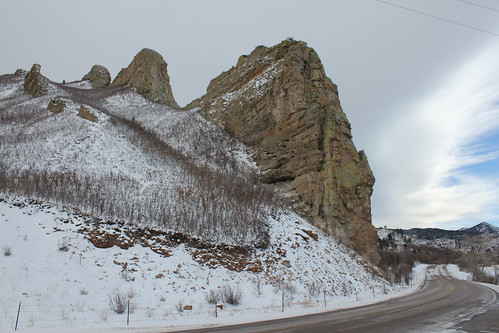How do you stop a muskrat from boring through a dike? Mow the grass
Dike #Dike

Something needs to be done to stop muskrat from boring holes into the dikes at a mine drainage treatment site in Mt. Pleasant Township.
The holes can cause polluted water to foul Sewickley Creek, according to a member of the group that works to protect the area’s watershed.
If the dikes in the eight-acre Brinkerton Abandoned Mine Drainage treatment system are compromised by muskrat holes, water might flow faster through the three treatment cells and the iron oxide in the water may not settle to the bottom before entering the creek, said James Pillsbury, Sewickley Creek Watershed Association secretary and the Westmoreland Conservation District’s hydraulic engineer.
The water pouring out of the old Brinkerton and Hecla mines, flows through the cells in two-to-three days before reaching the creek.
With that concern in mind, the watershed association last year had a contractor mow grass and bushes along the dikes to reduce the cover that might give the muskrats a place to hide from natural predators, Pillsbury said. The vegetation was mowed twice to the water’s edge last summer.
“If we did not do it, the trees would be growing. We’ve done a lot of work to maintain the efficiency of the system,” said Vanessa Whipkey, watershed association executive director.
The other benefit for mowing the vegetation along the dikes is that allows easier access for equipment that removes the orange-hued iron oxide from the bottom of the ponds, so the ponds don’t fill up, Pillsbury said. The iron oxide is a product that can be sold as pigment in paint.
The iron oxide is created when minerals in the mine water are oxygenated upon hitting the air. The treatment system removes about 80% of the iron oxide particles before it flows into the creek, according to the watershed association.
The treatment system at Brinkerton is one of two abandoned mine discharge treatment systems the watershed group operates, with the other being at Lowber in Sewickley Township, close to the Youghiogheny River.
The work was funded, in part, by a $1,980 grant from Berkshire Hathaway Energy Gas Transmission & Storage. The Western Pennsylvania Conservancy administered the grant, Whipkey said.
Money also was used to conduct electronic monitoring of Jack’s Run, the Sewickley Creek tributary that flows through Greensburg, South Greensburg, Youngwood and New Stanton, to determine its water quality, Whipkey said. That monitoring in a section of Jack’s Run in Youngwood, gave the association a real-time observation of the water quality, Whipkey said.
The watershed group found that the average water temperature dropped from 71.2 degrees in the summer months to 48.5 degrees in late fall to early winter. The electrical conductivity of the water appears to be relatively constant, which Whipkey said is “a good sign meaning there was not a sudden influx of pollutants reaching the stream. “
More pollution enters the Jack’s Run tributary when the stream flows through the heavily-developed areas of Greensburg, the Route 30 corridor, Route 119 and Interstate 70, where there is runoff from more paved surfaces. The heated runoff in the summer holds less oxygen and contains higher levels of oils, “which affects the health of the aquatic creatures in the stream.”
“Our stream monitoring program reveals these broader and more seasonal trends,” Whipkey said.
Joe Napsha is a TribLive reporter covering Irwin, North Huntingdon and the Norwin School District. He also writes about business issues. He grew up on Neville Island and has worked at the Trib since the early 1980s. He can be reached at jnapsha@triblive.com.